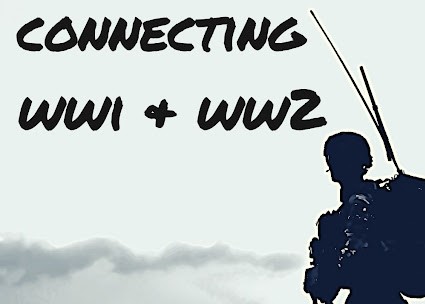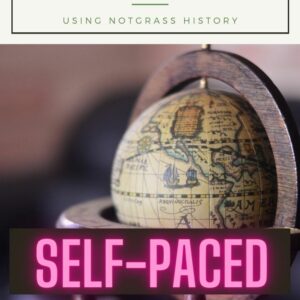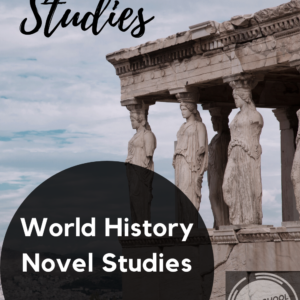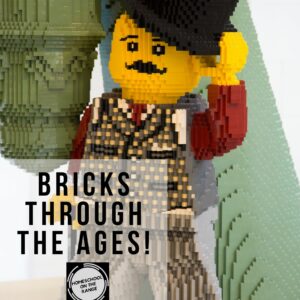
While WW1 did not directly cause WW2, many of its after-effects led to weakened European states who were weak, needed strong leadership, and opened the door for dictatorships. The consequences of the first world war indirectly led to the second.
End of World War I
On the morning of November 11, 1918, the French delegation witnessed the Germans signing the Armistice that would go into effect at the eleventh hour, of the eleventh day of the eleventh month of 1918. It was exactly five years after the assassination of Archduke Ferdinand, the event that had set the ‘world’ part of the war into motion. The perceived humiliation and harsh terms of the subsequent Treaty of Versailles created a motive for Hitler and the leadership of the Third Reich to seek revenge. One of the terms of the treat was that Germany had to pay the equivalent of $124 million (in 2021 terms). Another term took sections of Germany and gave them to Czechoslovakia and Poland.
.jpg)
Dictators from the Depression
After the Treaty of Versailles was signed, the world plunged into a different kind of chaoes. Germany fell into economic troubles, but they weren’t the one country struggling. Russia and Italy also had difficulties recovering. History has shown us that, during times of chaos, people look to strong leaders who they hope will get the job of done so the country can recover. This was no exception. The political leaders who came to power during this period – Hitler, Stalin, and Mussolini – were very powerful.
Though born in Austria, Hitler considered himself a German. He fought for Germany during WWI, being partially blinded and shot. After the war, he became a spy for the Social Democratic Party who spied on another German group, the German Workers Party. It was during this time that he became well known and began to get a following. Germans were struggling, financially, as they were required by the Treaty to pay back damages and reparations from WWI. Hitler began to speak out and lead protests. He was sentenced to jail at one point, where he wrote his autobiography, Mein Kampf. After release, he had even more followers and began his ascent to power.
Tsar Nikolas was overthrown in the Russian Revolution, at the end of WWI, by the Bolsheviks, a Communist party. In 1922, Russia and several other countries joined together to form the Soviet Union under Lenin’s leadership. In 1924, when Lenin passed, Stalin came to power. Stalin wanted to industrialize the Soviet Union to strengthen the economy. He introduced a plan called ‘collectivization,’ where the Soviets took land from individual owners, and gave it to the State (the government). The idea was to increase efficiency, store more food, use less labor (more machines), and send farmers to work in factories.
Mussolini is often seen as the founder of facsism, a fom of totalitarian government with a capitalist economy. Before he came to power, the Italian government was led by a king-appointed Prime Minister. Mussolini had a group of ‘blackshirts,’ people who went around stirring up trouble, beating up political opponents, and generally clearing the way for his rise to power. The king appointed Mussolini as PM in 1922 so that the blackshirts would stop the violence. (This is called ‘appeasement,’ and it’s not a good idea.) In 1925, Mussolini became a dictator, taking away freedoms and forcing loyalty.
Appeasement & the League of Nations
The precursor to the United Nations, the League of Nations was formed at the end of WWI to ensure world war never occurred again. Unfortunately, they were afraid to act against aggressive countries, for fear of starting another war. This was another form of appeasement (remember the king of Italy?). One of the earliest instances of appeasement was when Mussolini decided to invade and conquer Ethiopia in 1935…and the League of Nations did not act. Hitler then decided to try his hand at reconquering some lands.
Under the Treaty of Versailles, Germany was not to have a large army, but that was ignored as the German army swelled and the country also formed an Air Force and Navy. By the late 1930s, Hitler had begun to annex places like Austria and Sudetenland (part of Czechoslovakia that had been taken from Germany after WWI). The League of Nations did try to act at this point, and on September 30th, 1938 they created the Munich Pact, which allowed Germany to have Sudetenland, but would not allow them to go any further. This was another act of appeasement.
Post World War II
After World War II, Roosevelt, Churchill, and Stalin created a new international security agency, the United Nations, with hope of preventing WWIII. The Soviet Union and United States emerged as new world super-powers at the end of WW2. They had been allies during the war, but mostly because they had a common enemy. These new super-powers had extremely different views about government and economics — one was capitalist and the other communist — and they had a lot of distrust of each other. This distrust led to nearly fifty years of a Cold War – a war without actual fighting, but with the continual threat of nuclear warfare. Both the Korean War and the Vietnam War were extensions of the Cold War.
World War I – Era Resources
Novel Studies & Printables
- We Were There with the Lafayette Escadrille
- Animal Farm
- Great Gatsby
- World War 1 Morning Time Bundle
- Great Depression Morning Time Bundle
Videos
World War II Resources
Printables
- WWII in Bricks Through the Ages
- WWII in History Through the Ages
- Purchase either fun pack or Lego-themed pack…not both!
- Time Travelers – World War 2
- The War to End Wars – game
- Printable Novel Studies Pack
- 50+ Living Books about WW2
- A Merry Vintage 1940s Christmas
- WW2 Morning Time Bundle
Novel Studies
- The Avion My Uncle Flew
- Book Thief
- Code Talkers
- Island War
- Night Witches
- Number the Stars
- Red Stars
- Seabirds
- Someday We Will Fly
- We Were There at Pearl Harbor
- We Were There at the Battle for Bataan
- We Were There at the Battle of Britain
- We Were There at the Battle of the Bulge
- We Were There at the Normandy Invasion
- We Were There at the Opening of the Atomic Era
- Winged Watchman
- Within These Lines
Field Trips
Videos
Audiobooks
Post World War II Resources
Novel Studies & Printables
Download the FREE World History Timeline with Study Connections!
-
 World History Bundle 2 {Eleven Unit Studies}$9.99
World History Bundle 2 {Eleven Unit Studies}$9.99 -
 SELF-PACED Notgrass Exploring World History$299.00
SELF-PACED Notgrass Exploring World History$299.00 -
 World History Novel Studies {bundle}$5.99
World History Novel Studies {bundle}$5.99 -
 We Were There Historic Novel Studies {bundle}$24.99
We Were There Historic Novel Studies {bundle}$24.99 -
 American History Novel Studies {Bundle}$14.99
American History Novel Studies {Bundle}$14.99 -
 Bricks Through the Ages Bundle- (10) History Units$25.00
Bricks Through the Ages Bundle- (10) History Units$25.00